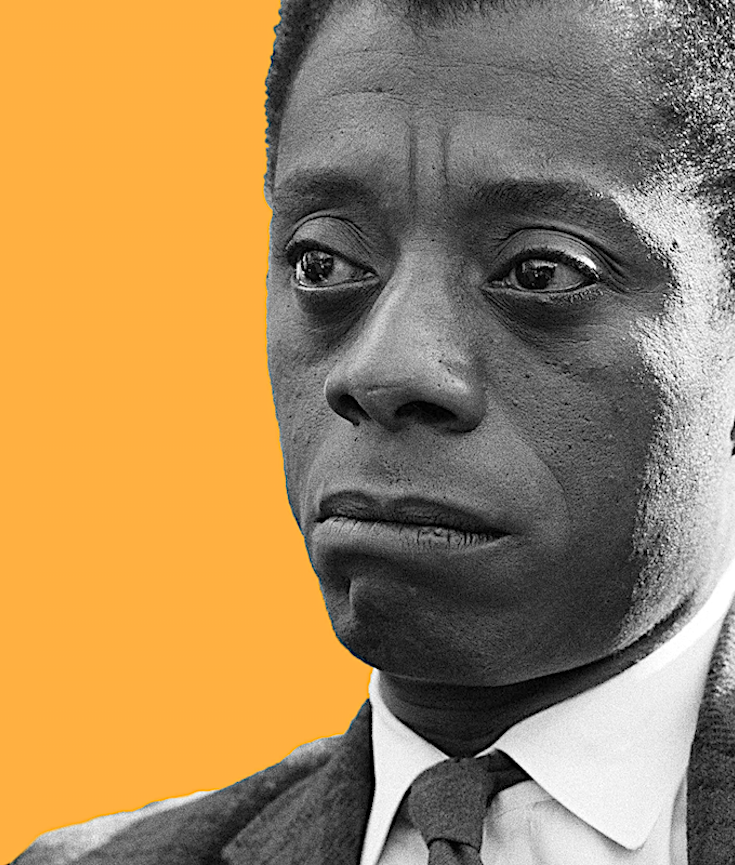[dropcap]Newly[/dropcap] minted Oscar winner Barry Jenkins has hardly been resting on his laurels after his “Moonlight” won Best Picture at this year’s Oscars, but the very busy filmmaker has only now announced what will be his first feature film project, and it’s a doozy. Variety reports that Jenkins will direct an adaption of James Baldwin’s “If Beale Street Could Talk,” the first film as part of his deal with Annapurna Pictures and his own shingle, PASTEL. [mc4wp_form id=”6042″]
Baldwin’s novel “follows Tish, a newly engaged Harlem woman who races against the clock to prove her lover’s innocence while carrying their first born child. It’s a celebration of love told through the story of a young couple, their families, and their lives.”
The film is a passion project for Jenkins, who has been vocal about his affection for the source material and Baldwin’s work for years. Jenkins wrote a draft during the same period that he penned his “Moonlight,” during a fateful and clearly very productive trip to Europe.

Harlem is a large neighborhood in the northern section of the New York City borough of Manhattan. Since the 1920s, Harlem has been known as a major African-American residential, cultural and business center. Originally a Dutch village, formally organized in 1658, it is named after the city of Haarlem in the Netherlands. Harlem’s history has been defined by a series of economic boom-and-bust cycles, with significant population shifts accompanying each cycle.
African-American residents began to arrive in large numbers in 1905 as part of the Great Migration. In the 1920s and 1930s, Central and West Harlem were the focus of the “Harlem Renaissance”, an outpouring of artistic work without precedent in the American black community. However, with job losses in the time of the Great Depression and the deindustrialization of New York City after World War II, rates of crime and poverty increased significantly. Harlem’s African-American population peaked in the 1950s. In the second half of the 20th century, Harlem became a major hub of African-American businesses. In 2008, the United States Census found that for the first time since the 1930s, less than half of the residents were black, comprising only 40% of the population.
Since New York City’s revival in the late 20th century, Harlem has been experiencing the effects of gentrification and new wealth. (Wikipedia).



You must be logged in to post a comment.